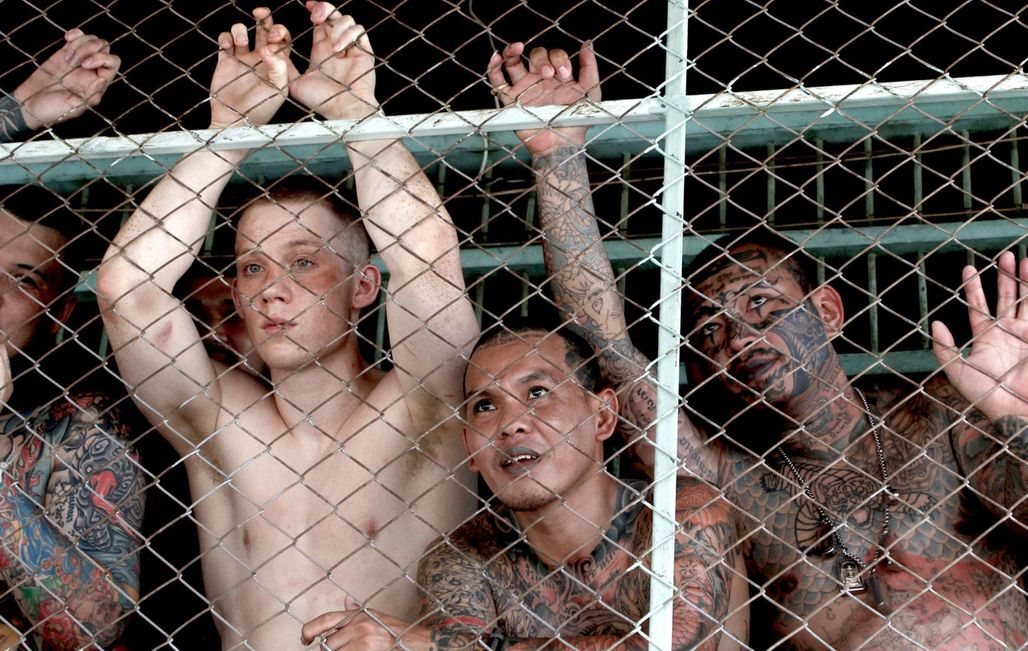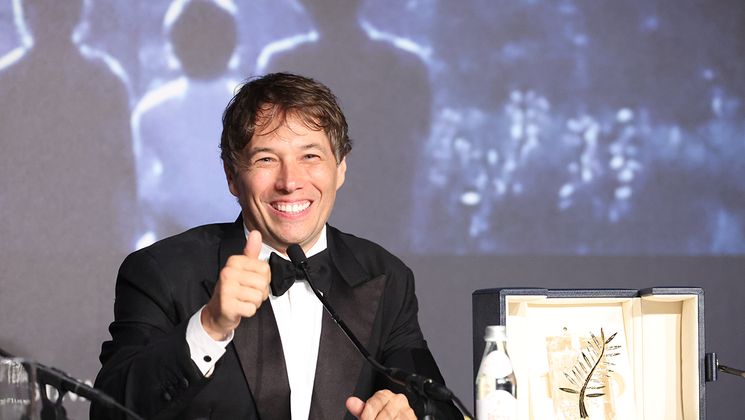
A Prayer Before Dawn: surviving prison hell

Adapted from the autobiography of English ex-crook Billy Moore, A Prayer Before Dawn paints a portrait of a man's resilience in a famous Thai prison. Its creator, the filmmaker Jean-Stéphane Sauvaire (Johnny Mad Dog, 2008), revisits this absorbing film, steeped in the world of boxing.
What was your film's starting point?
My producer, Rita Dagher, told me one day about this scenario some English producers were pitching. They were looking for a French production partner for a film about addiction, prison and boxing. The topic centred around a strong character and a true story set in Thailand. She forwarded me the script, which was in fact the first adaptation of Billy Moore's book. The story had something very intense about it. I asked to read the autobiography and discovered a very authentic story, in the first person, of a man retracing his journey, up to the moment he is freed from prison.
What appealed to you in his story?
His drug addiction, his resilience – everything he talked about was amazing. Because my cinematic style is very realistic, I thought it was a great opportunity to tell that story with a mix of a traditional account and documentary. There was certainly fascinating subject material to work with. It posed a real challenge for me, because a lot of films have already been made on that subject.
What did you do to make your film stand out?
I chose a cast made up of ex-boxers who had served time in prison, to achieve a realistic subject matter. It gives the film its own identity, well away from clichés. So in terms of reference points I had Billy Moore, who I often referred to, but I also had those prisoners and those boxers, who brought their own way of being, down to the way they moved. Their bodies didn't lie. It would have taken too long for an actor to pick up those details.
“I wanted the film to be visceral, in the first person”
Did your film allow some of them to exorcise their demons?
I hope so. Some of them had just come out of prison and showed up at the set really traumatised. Others acted in the very prison where they had served their sentence… I think the film acted as therapy for some of the cast. At the end of the shoot, you could feel they had managed to express an intense personal experience.
Visually, you offer the viewer a real immersive experience…
I wanted the film to be visceral, in the first person. I filmed the boxing in long take, to get away from the conventions of Hollywood boxing films, where storytelling in fight sequences is based on editing. So the actors found themselves having to box for ten minutes without stopping and couldn't fake it. The idea was to immerse the actors in order to immerse the viewer. The whole film was shot with one close-up camera, to get the most realistic feel for each scene. I wanted the film to give the impression of being in one huge, immersive long take, to draw people in to the rhythm of what's real, which is very different from the rhythm of cinema.
What role did Billy Moore play in the film?
He was central to the writing of the script. Billy also advised Joe Cole, the lead actor, a lot. Joe even called him during the shoot, to explore his feelings about drugs and what it was like to be in withdrawal. They brought out the character's internal, psychological issues.


